The King Street Pilot Project is a fascinating experiment. Allowing public transit to have the priority on streets is common in many cities throughout the world, but Toronto has been slow in adapting this concept. Harbourfront was resigned to emphasize pedestrians, streetcars and cyclists. After many initial problems, it now appears to be a great success. The King Street project too has had its difficulties, but with the return of good weather, it also seems to be doing well.
I visited King Street during twilight hours on the evening of June 28th to observe the changes that the project have created. To view this post: https://tayloronhistory.com/2018/07/04/impressions-of-the-king-st-pilot-project/
I decided to view the street again, this time on the hot humid afternoon of July 4th. During my visit, with the humidex, the temperature was over 40 degrees. Because of the heat, the street was relatively deserted as most people were dining or drinking inside the restaurants rather than the patios. Despite the lack of activity, I enjoyed observing how much the street has changed because of the Pilot Project.
I commenced my exploration at Bathurst Street and walked eastward toward Jarvis. It was an interesting stroll, as it became obvious that some areas of King Street had been embraced by the restaurateurs more than others. The section between Bathurst and Spadina seems to have taken advantage of the Pilot Project the most. This is perhaps logical as this part of King Street as the most patios that are located close to the sidewalk.
In the business district, between Yonge and Jarvis, there were almost no patios. However, the Pilot Project had greatly influenced the traffic patterns as the vehicle traffic was light and the streetcars were moving quickly along the street as they were unobstructed.
View looks west, a short distance east of Bathurst Street at the patio of Oretta restaurant.
The patio beside Wilbur Mexicana Restaurant, at 552 King Street. The patio has not yet opened to the public so remains bare.
King Street gazing east from Brant Street on Wednesday July 4, 2018. The brick building behind the row of white umbrellas is the old Gurney Stove, built in the 1870s.
Photo of the Gurney Iron Foundry on King Street West on April 13, 1927. The view gazes west on King Street from near Spadina. The streetcar in the distance is where the umbrellas are positioned in the previous photo. Photo from the Toronto Archives, S0071, It.4812 (1).
How things have changed since this photo of the Gurney Stove Factory was taken in 2015.
View of the same section of King Street after the Pilot Project commenced. This photo was taken from near Brant Street, the view showing the patios of Cibo Restaurant on the north (far) side and the patio of the Spice Route on the south side (in foreground).
Patio in a laneway on the south side of King Street, the Gurney Stove Foundry in the background. In the early decades of the 20th century, the lane was where trucks and carts delivered or picked-up goods from the factories on King Street.
(left) The patio of Patria in the afternoon, when it was not open for lunch. (right) The patio ready for the evening diners.
Patios of Wesloge and Patria at at 480 King Street. Both of these are closed at lunch time.
Sculptures east of Spadina Avenue. The view gazes west on King Street.
Patio of the Red Tomato at 321 King Street West, the Bell Lightbox in the background.
Princess of Wales Theatre at 300 King Street West.
Chairs on the north side of David Pecaut Square, opposite the Royal Alexandra Theatre.
The Royal Alexandra Theatre at 260 Queen Street West, a sculpture of yellow milk cartons in the foreground.
Sculpture on King Street on the north side of David Pecaut Square, the Royal Alexandra Theatre in the background.
Crossing Over to the east side of Yonge Street
Sitting area on the north side of King East, opposite the King Edward Hotel. View looks west toward Yonge Street.
Another view of the sitting area opposite the King Edward Hotel. The camera is pointed east toward Jarvis Street.
A container garden on the north side of King, a short distance east of the King Edward Hotel at 37 King Street East.
Another view of the container garden east of the King Edward Hotel.
Looking east on King Street toward Jarvis Street. The installations for the Pilot Project are beside St. James Park.
A link to the first post about the King Street Pilot Project.
https://tayloronhistory.com/2018/07/04/impressions-of-the-king-st-pilot-project/
To view the Home Page for this blog: https://tayloronhistory.com/
For more information about the topics explored on this blog:
https://tayloronhistory.com/2016/03/02/tayloronhistory-comcheck-it-out/
Books by the Author
“ Lost Toronto”—employing detailed archival photographs, this recaptures the city’s lost theatres, sporting venues, bars, restaurants and shops. This richly illustrated book brings some of Toronto’s most remarkable buildings and much-loved venues back to life. From the loss of John Strachan’s Bishop’s Palace in 1890 to the scrapping of the S. S. Cayuga in 1960 and the closure of the HMV Superstore in 2017, these pages cover more than 150 years of the city’s built heritage to reveal a Toronto that once was.
“Toronto’s Theatres and the Golden Age of the Silver Screen,” explores 50 of Toronto’s old theatres and contains over 80 archival photographs of the facades, marquees and interiors of the theatres. It relates anecdotes and stories by the author and others who experienced these grand old movie houses. To place an order for this book, published by History Press:
Book also available in most book stores such as Chapter/Indigo, the Bell Lightbox and AGO Book Shop. (ISBN 978.1.62619.450.2)
“Toronto’s Movie Theatres of Yesteryear—Brought Back to Thrill You Again” explores 81 theatres. It contains over 125 archival photographs, with interesting anecdotes about these grand old theatres and their fascinating histories. Note: an article on this book was published in Toronto Life Magazine, October 2016 issue.
For a link to the article published by |Toronto Life Magazine: torontolife.com/…/photos-old-cinemas-doug–taylor–toronto-local-movie-theatres-of-y…
The book is available at local book stores throughout Toronto or for a link to order this book: https://www.dundurn.com/books/Torontos-Local-Movie-Theatres-Yesteryear
“Toronto Then and Now,” published by Pavilion Press (London, England) explores 75 of the city’s heritage sites. It contains archival and modern photos that allow readers to compare scenes and discover how they have changed over the decades. Note: a review of this book was published in Spacing Magazine, October 2016. For a link to this review:
spacing.ca/toronto/2016/09/02/reading-list-toronto-then-and-now/
For further information on ordering this book, follow the link to Amazon.com here or contact the publisher directly by the link below:
http://www.ipgbook.com/toronto–then-and-now—products-9781910904077.php?page_id=21
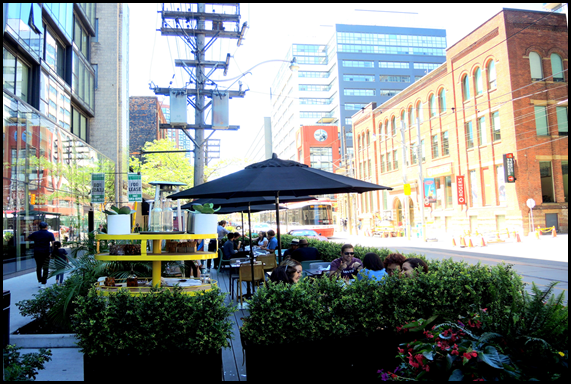
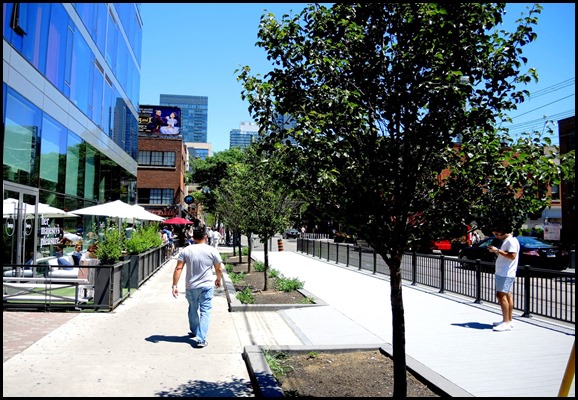

![April 13, 1927 - s0071_it4812[1] April 13, 1927 - s0071_it4812[1]](https://tayloronhistory.com/wp-content/uploads/2018/07/april-13-1927-s0071_it48121_thumb2.jpg)

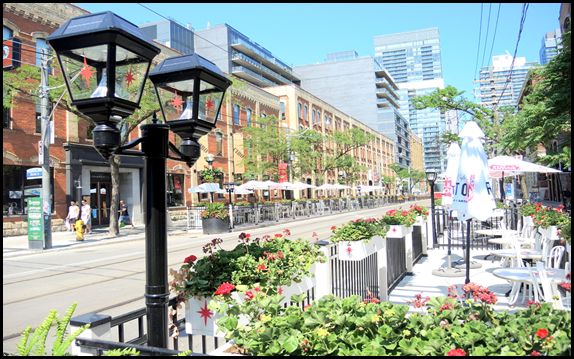
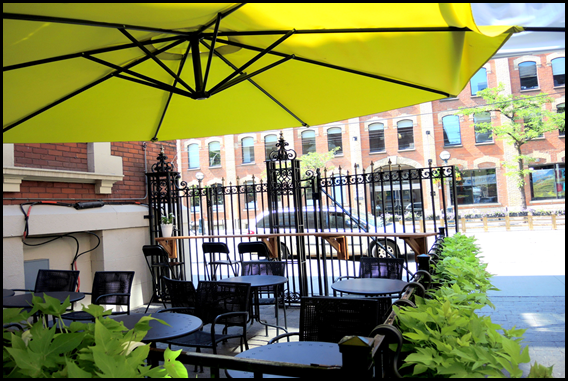
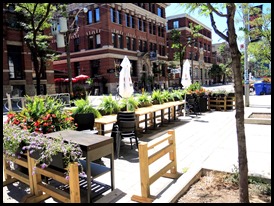
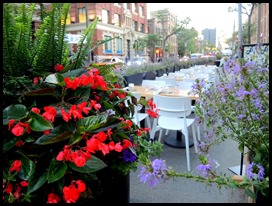
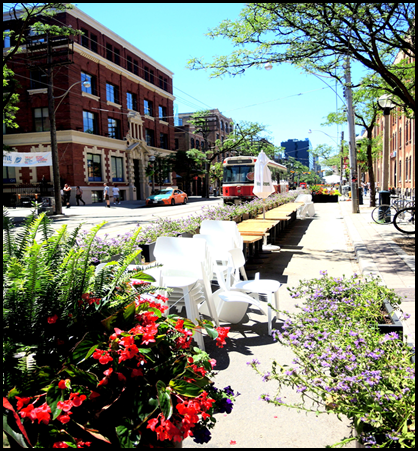
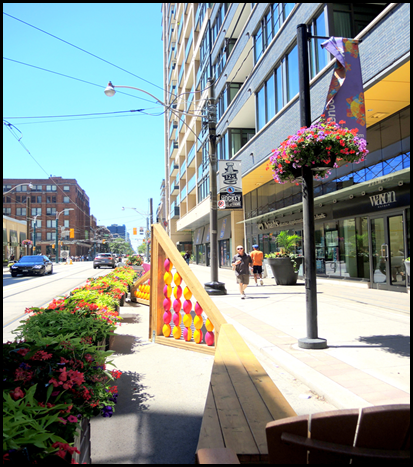
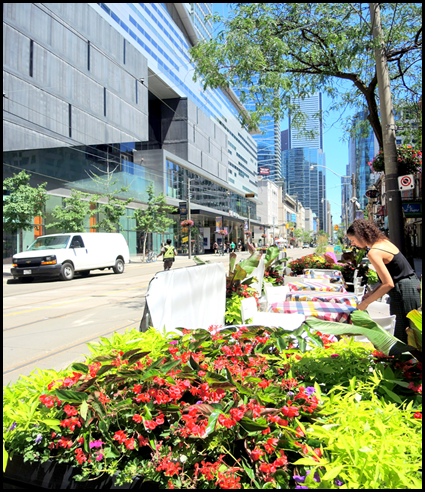
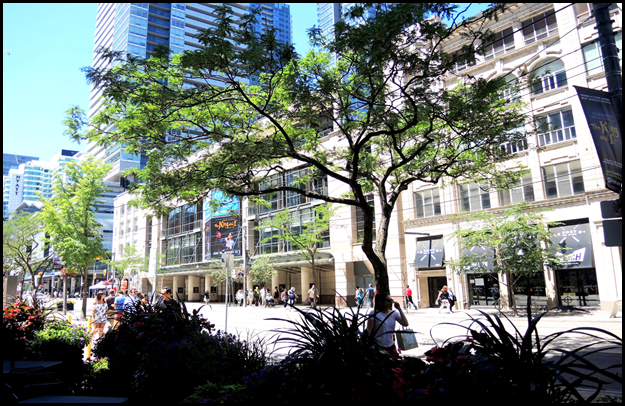
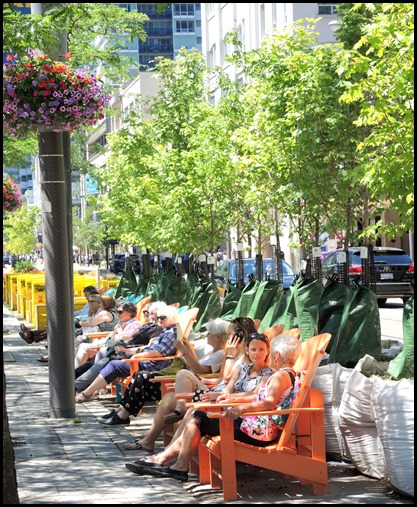
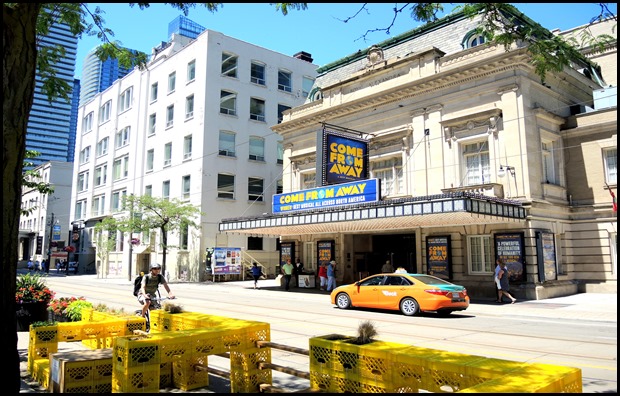
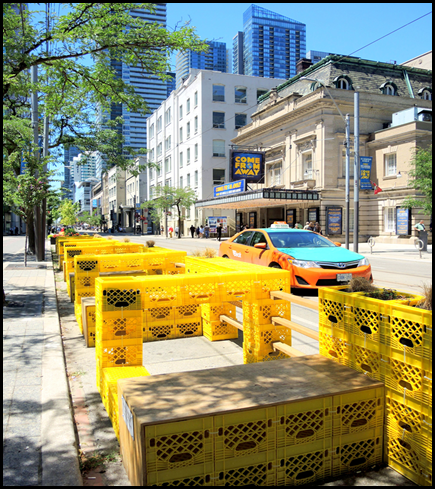
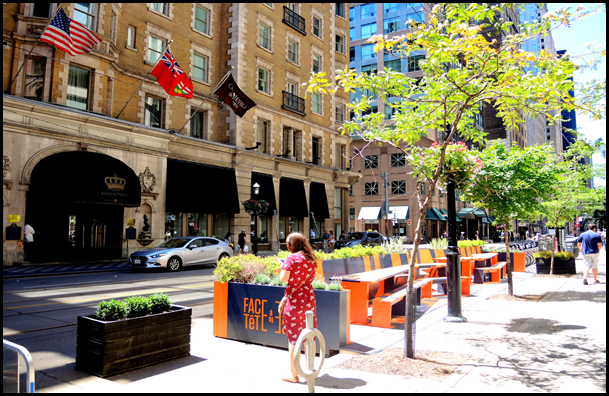
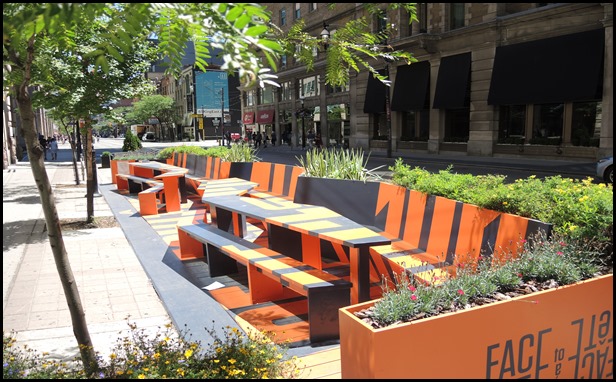
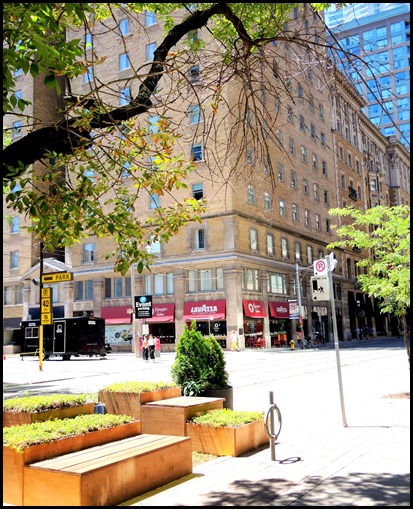
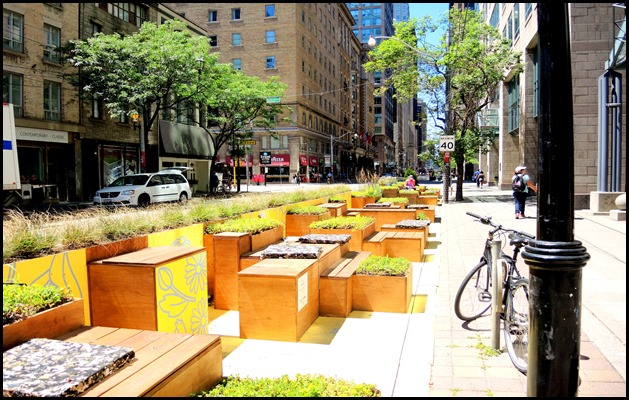
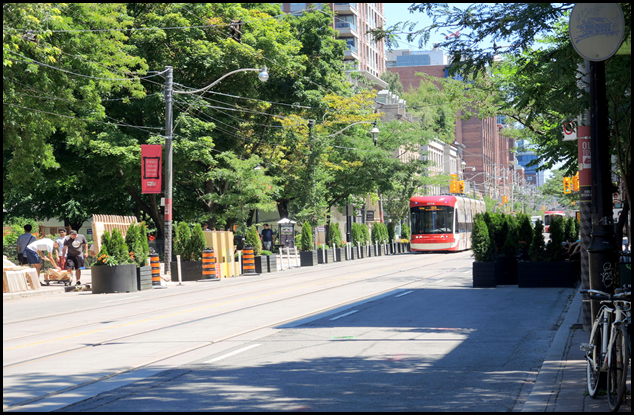
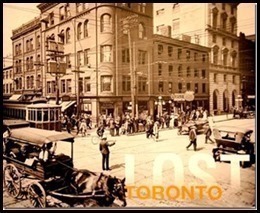
![cid_E474E4F9-11FC-42C9-AAAD-1B66D852[2] cid_E474E4F9-11FC-42C9-AAAD-1B66D852[2]](https://tayloronhistory.com/wp-content/uploads/2018/07/cid_e474e4f9-11fc-42c9-aaad-1b66d8522_thumb3.jpg)
![image_thumb6_thumb_thumb_thumb_thumb[1] image_thumb6_thumb_thumb_thumb_thumb[1]](https://tayloronhistory.com/wp-content/uploads/2018/07/image_thumb6_thumb_thumb_thumb_thumb1_thumb3.png)


